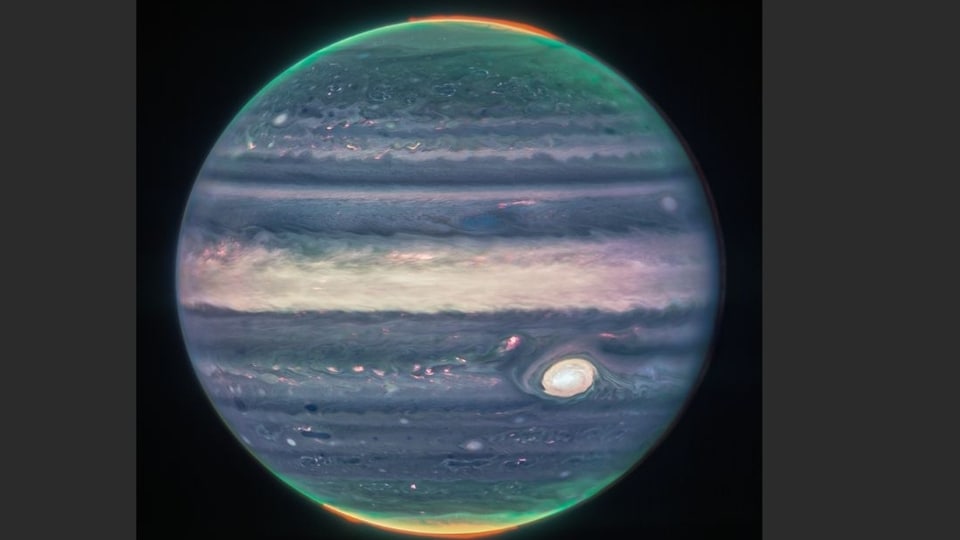NASA reveals stunning Jupiter images captured by James Webb Space Telescope
NASA's James Webb Space Telescope has captured some really stunning Jupiter images. The James Webb Telescope has been excelling in its capabilities since its launch in December 2021. Now, the JWST has added another feather in its cap by capturing Jupiter in all its glory.
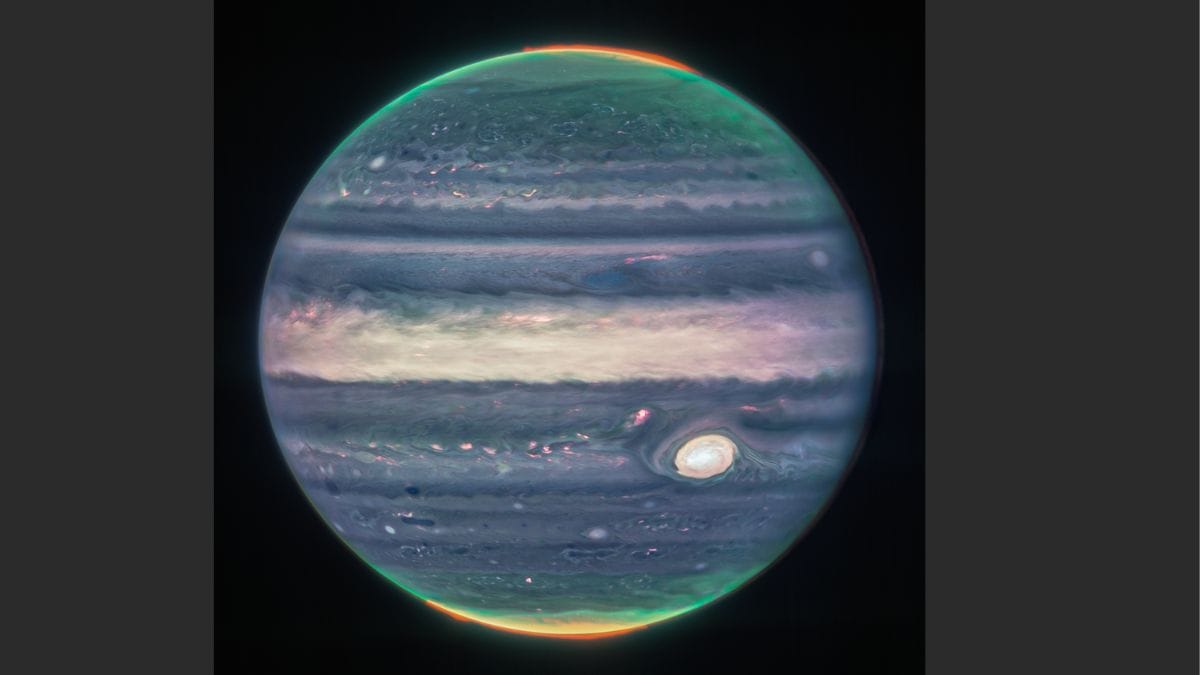
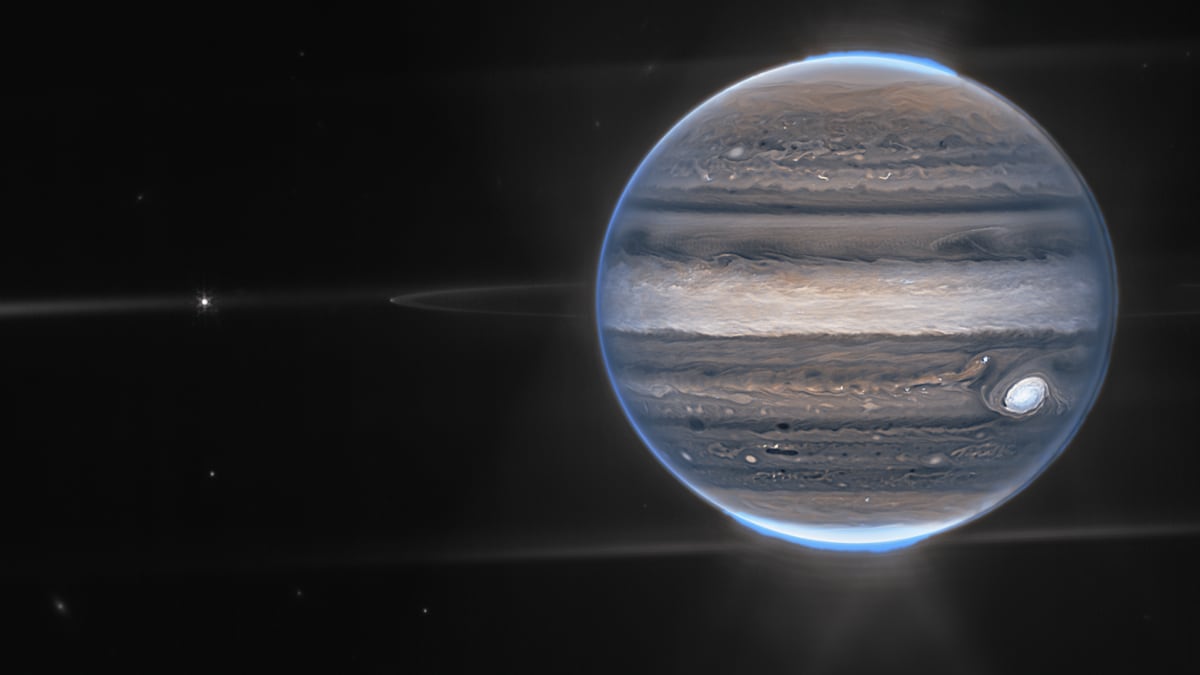

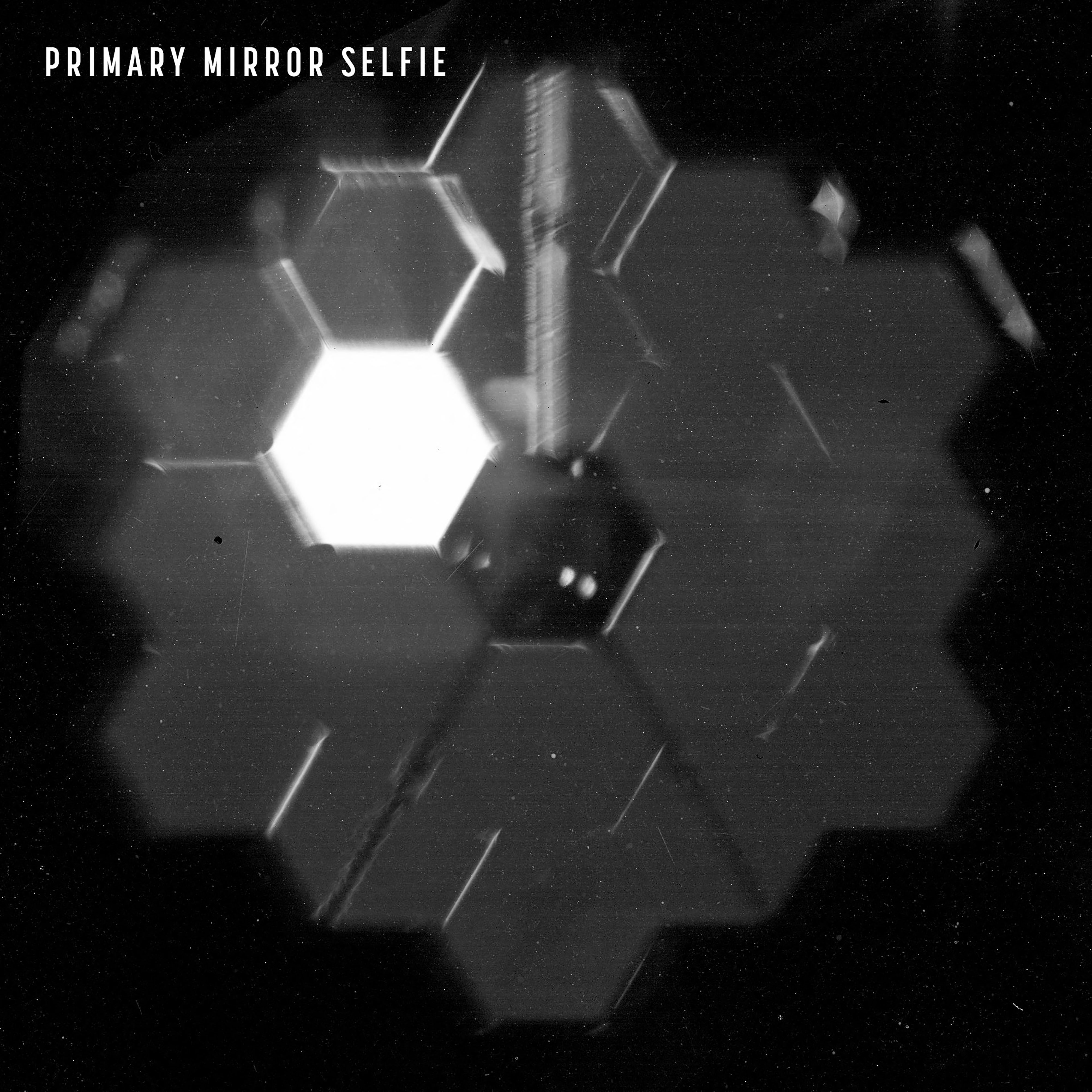
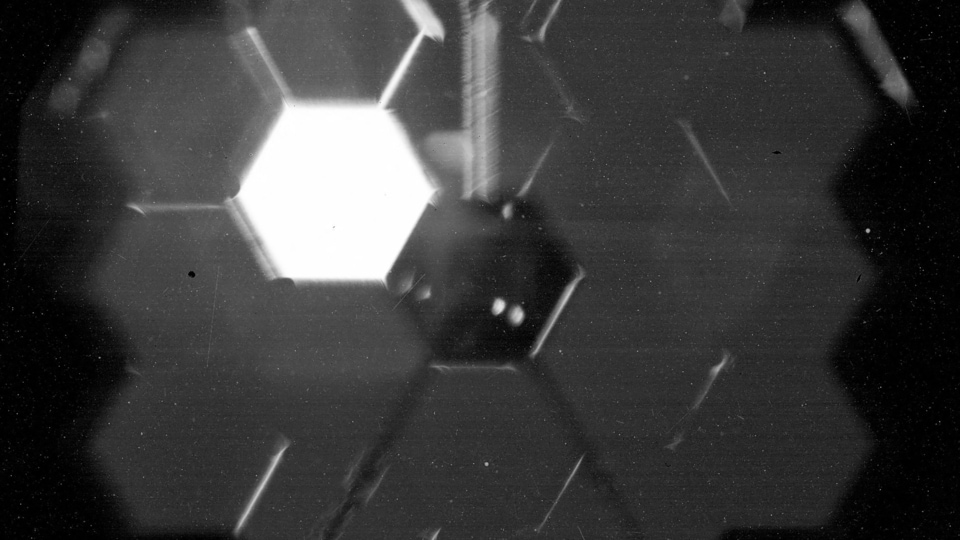
_1661230453587.jpg)
_1661230453587.jpg)

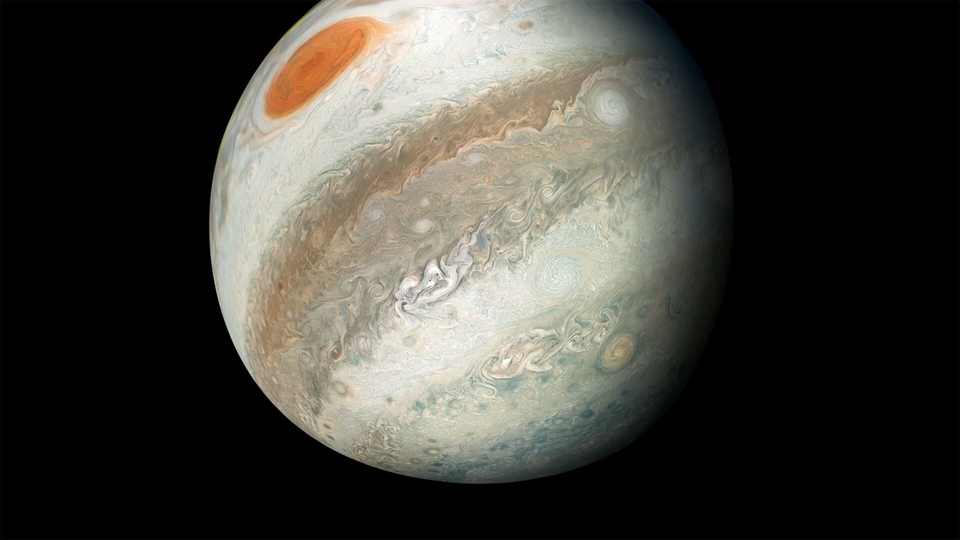
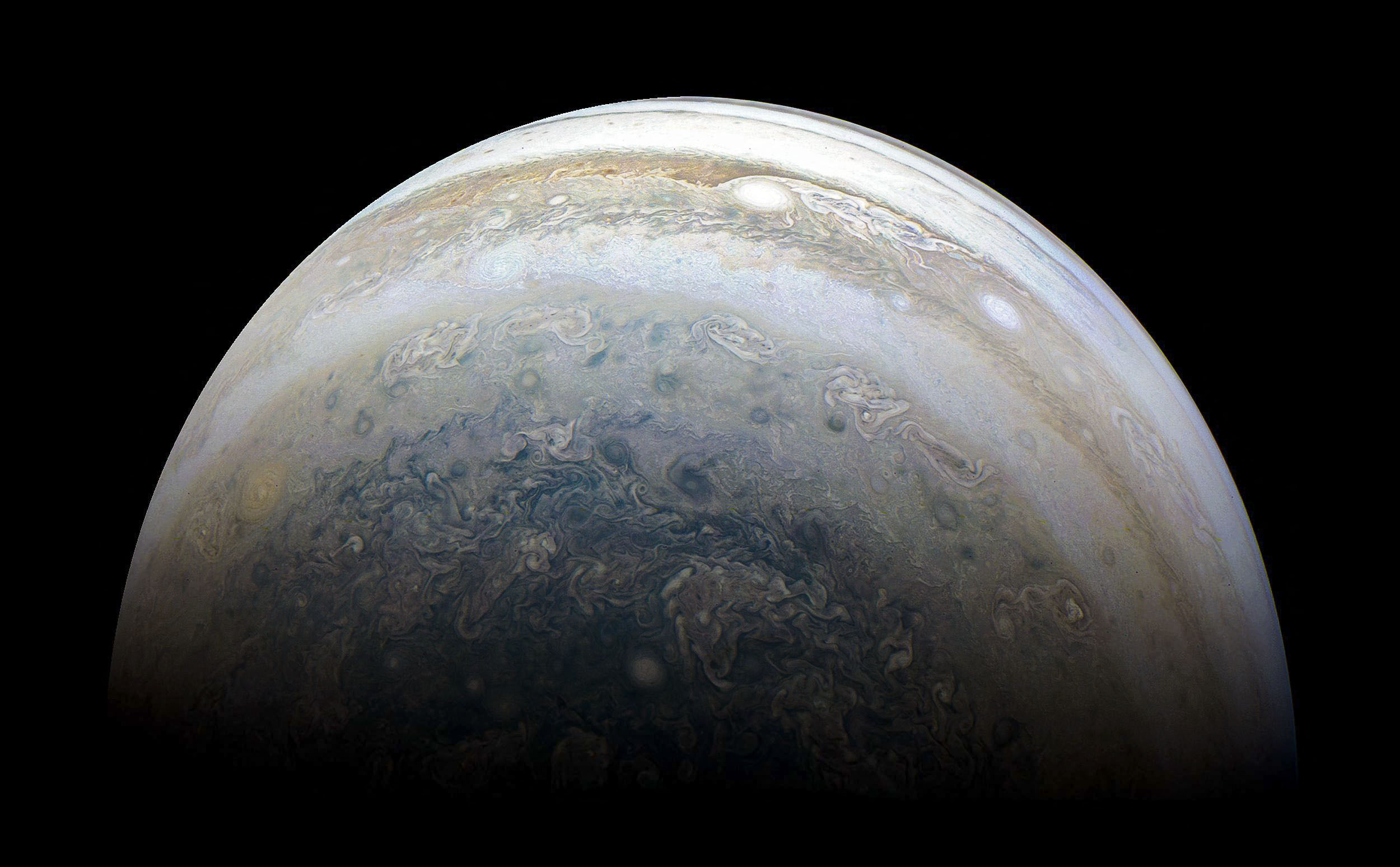
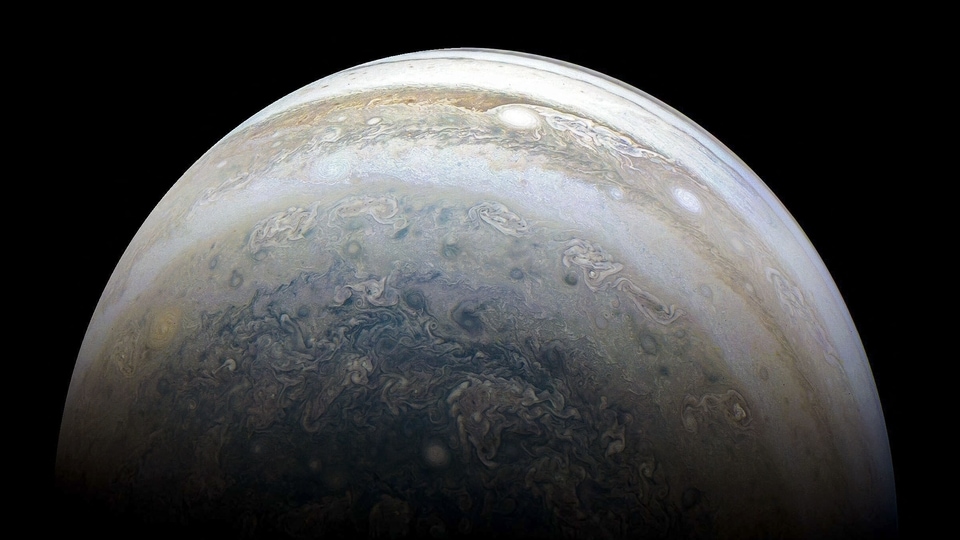
First Published Date: 23 Aug, 10:26 IST
NEXT ARTICLE BEGINS




